|
This week Fashion Speaks introduces a new weekly posting, The Fashion Cap. The Fashion Cap consists of a recap of the top 10 fashion happenings of the week. 1.) New York designer, Rachel Roy, unveils new diffusion line for Jones New York. Here's hoping Roy's flair for style will rescue Jones recently reported 98% profit plunge. 2.) Matthew Williamson causes a commotion with the launch of his new line at H&M, although reports are saying, Grace Jones may have stole the show. 3.) Luxury brands continue to take a hit due to the "recession." Both, Prada and Gucci , posts negative earnings for 2008. 4.) Abercrombie and Fitch beware! Teen spending reported down by 14%. 5.) Taking matters into their own hands, Forever 21 looks abroad with planned store openings in Japan. 6.) Michael Kors opens his first UK store without all of the hoopla of an H&M launch or Top Shop debut, but we are sure with the same amount of style and panache. 7.) The press delights us with more news of yet another celebrity deciding they can do anything better than we can. This week's design star is David Beckham who has been quoted saying he is not going to model his own clothes...YET! Consumers are feeling more confident in April, so maybe, Mom will get that new Escada bag she was eyeing over at ideeli.com for Mother's Day! 9.) Lilo finally gets something right! Retailers, Nordstrom and Henri Bendel, report her leggings line, 6126, is flying off the shelves. 10.) In celebration of Marks and Spencers' 125th anniversary and hopefully to spark more consumer excitement, M&S announces their new womenswear line, a collaboration with designer, Zandra Rhodes, will hit store floors on May 9th. Happy Birthday, M&S! That's the cap!
1 Comment
The news reports are stating that the Spring 09 selling season has yielded dismal results for retailers, caused largely by the economic recessions and the lower than expected sales planned for Easter holiday. Sale dollars are not heavily forecasted toward ready-to-wear apparel and hence, designers and merchandisers are not encouraged to spend too much time or company money planning and designing innovative spring lines, but rather to follow last year’s selling patterns, update the colors, add a new pattern here and there, but don’t spend too much time creating a line for spring. Maybe Spring 09 is dead, maybe it’s too early to say, although honestly…I, like many of you, have decided to move on and look ahead towards Spring 10. An onsen is a term for hot springs in the Japanese language. Onsen water is believed to have healing powers derived from its mineral content. The onsen or hot spring, is not only inspirational in the color palette each spring uniquely yields due to their specific mineral composition, but also it begins a thematic process that reflects fabrics and design details that advocates turning away from the hectic activity we create in our everyday lives. So, this week’s musing is directed to you. As you begin the Spring 2010 design process, what inspires you? What if you were stopped on the street and someone offered to buy everything you owned? What would they find? Would the items on your person truly represent who you are…your beliefs, political stance, goals, religious affiliation, or values or would they find random inconsequential items that somehow found their way inside your pocket or purse. Liu Chang’s exhibit, Buy Everything on You(2006-2008), currently on display at The New Museum of Contemporary Art, offers such a snapshot into modern Chinese culture. The artist approached people on the streets and offered to buy everything on their person. A new China that is intent on capitalizing on consumers’ needs and desires for new things and supplying the West’s ever-growing demand for quick, cheap, and disposable fashions. Most interesting, is that Chang chose a canvas which showcases both contemporary consumer proclivities as well as outlines the social and personal forces that help us to define ourselves—our clothing. learn more click link for China Youthology Blog Today, a rapidly growing upper and middle class seeks to enhance its identity and quality of life with luxury products. Much of Chinese spending is driven by people’s desire to enhance their own social status and visibility by an association with famous brand names. In recent years, it has not been uncommon to see owners of a new suit conspicuously “forget” to remove the brand name and price tag that revealed the maker and high price of their new apparel. Recognizing both China’s demand and ability to purchase these designer items, luxury brands, such as Prada, LVMH, and Armani, have and continue to scout new locations to open boutiques in China. Many more designer brands are looking toward the Far East as the demand for luxury products face sharp declines in Western Europe and the United States. In sharp contrast, the West is reworking the paradigm for luxury, which involves less the acquisition of high end products and instead centers on the luxury of intangibles(time, freedom, and personal satisfaction). The recession has now forced us all to stop, pull out the things on our person, and truly question if we really are only the sum of our possessions. Our economic downturn has not only brought with it disillusionment and insecurities but also in its wake has created a new type of nationalism. The main idea behind fashionalism is to make nationalism “hip” and to give citizens a sense of ownership in their country’s economic and social landscape by purchasing American designers and brands. We, in the United States, are not only experiencing a surge in nationalistic pride in our fashion choices, but this phenomenon has also taken fast hold in fashion capitals across the globe. As well as purchasing fashion items with the British flag emblazoned on them, British buyers, same as American buyers, are concentrating on stocking stores with brands and designers that are specific to its respective country. In Great Britain, this includes items from designers, Vivienne Westwood and Paul Smith. It is interesting to note that the wave in fashionalism has crested during a time when the G20 summit is taking place. The media has spent a significant amount time scrutinizing the attire of First Ladies, Michelle Obama and Sarah Brown. Both women have made a clear fashion nationalistic fashion statement by choosing to wear “homegrown” fashions. The purpose of the current London G20 Summit is to bring the world’s biggest economies together so they can work to find a solution to help restore global economic growth through better international coordination. While at the same time, many of the G20 nation members have already implemented measures designed to restrict trade and protect local industries. While an interest in nationalist shopping continues to grow, many proponents of free trade and globalism are concerned that ultimately buying locally may hurt international trade and stunt economic growth in the long term. No matter how one chooses to redefine luxury, there is no denying that fashion is a luxury or an indulgence. The nature of fashion has been birthed and incubated amongst the trappings of wealth and power. Its history defined by “the haves and have nots.” Fashion is illuminated by its inaccessibility and we are lured by the unspoken, yet promised pleasures on display at every catwalk. We want to bathe in its glories and emerge reborn, more beautiful, more dazzling, and more powerful. Fashion’s ability to create and define distinctions amongst individuals is what draws each of us back to it season after season. Luxury has been defined as either a: something that adds pleasure or comfort, but is not absolutely necessary or b: an indulgence (unrestrained) in something that provides pleasure, satisfaction, or ease. So where does all of these lead us today? Quite honestly, nowhere, as the path has long ago been set and the journey outlined. Fashion is unmistakably the playground of the wealthy, and we, the mass consumers, have only been invited along for the ride. In our quest to blend in, to not appear too conspicuous amongst the wealthy, we have lost sight of fashion’s true meaning and its transformative ability. We must remind ourselves that “bling” does not directly translate to luxury, but is only a mode a fashion. People often quotes that fashion is a whim or a folly…this simply is not true. Fashion is a luxury to be indulged and enjoyed for its ability to bring light and pleasure to a sometimes dark and gloomy world. What better time than right now to get lost in fashion, to indulge in its beauty, to take pleasure in its artistry, to be inspired by its ingenuity. You may or may not be able to afford to purchase any one piece from the runways, but looking is free and can take you to new levels in the appreciation of the sublime that surrounds us in the every day…and this is a luxury in its own right. Shoulders are definitely strong for Fall 09. As shoulders become more dominant, jutting out or tower over, necks have been relegated behind intricate ruffs, fur collars, patterned scarves, or heavy, oramental necklaces. Maybe designers are telling us they have collectively decided not to stick their necks too far out for the Fall 09 season. Or perhaps instead of burying our heads in the sand, we should be covering our necks in an effort to hide from an ever-widening economic crisis that has not only closed its grips around our banking and retail institutions, but has also reached across European and Asian shores. There is an ancient Japanese saying that states that the man rules the head, but the woman rules the neck. In these times, it certainly feels the weight of the world hangs on our shoulders. Strong shoulders definitely require strong necks. In any case, designers, collectively, have decided we should hunker down for the long cold winter of this recession and cover up. Kors has decided to tough it out with necks that disappear under heavy knitted turtle-neck sweaters, chunky 80s-inspired gold or silver chains, fur collars, and neon-colored wrap scarves. London Although Templerly showed her collection at NYC fashion week, Temperly London is a British designer who, this season, recreated the Empress of the Orient. Studded in hard metal and zippers, this woman is no shrinking violet. Temperly’s empress is prepared to do battle, her neck shrouded like the crusaders of the Middle Ages. The collection has an intensity that seems to echo the rage and discontent wrought from uncertain times. Erdem greeted us with rounded, bouquet silhouettes. Colorful and fanciful florals fought against a backdrop of black, seeming to express cheer despite the sea of black in which petals in bright blues, yellows, reds, purples floated. Tulip-shaped dresses expressed a vulnerability and softness that definitedly would have warranted some type of protection and like Ralph Lauren, Erdem, wrapped his waif’s neck in wispy, floral ruffles. Milan Angela Missoni has proven a girl can cover up, but she can’t hide her sex appeal. The collection, in girly mauves, soft greys, apricots, and powder blues, was young and hip. There seemed to be an open exchange between obscurity with the use of cowl sweater scarves and transparency afforded by web knit layering. Paris Lanvin was severe in his judgement on the recession. His collection of 40s revival suits were highlighted by heavy, sculptural jewelry which rather than merely decorative enclosed the necks of his models in metal collars. The mannish cuts of his suits were dark; the embodiment of an austere, haughty–almost untouchable chicness. Yes, Dior’s Fall 09 collection depicts women dressed in the Orientalism, hobble skirts reminiscent of Poiret’s reign on Paris fashion during the turn of the 20th century, but the true testimony is the overt act of rebellion shown in a collection that draws its inspiration from the bastion of upper crust women whose primary role was to remind the lower strata of society what they had not. Poiret has been touted a fashion revolutionary for his part in freeing women from corsets and giving them freedom of movement with his “harem” pantaloons and “lampshade” tunic creations…although, many argue that he took steps back(no pun intended) with the hobble skirt invention. He made a straight, tubular dress in 1908 that became known as the Directoire. In a time of rapid class stratification caused as a result of the recession, designers have to make hard choices and Dior has decided to step up, instead of down the ladder. This is understood as Dior is a design house that is historically associated with being extravagent and luxurious in a time of thrift. After all, it was Christian Dior who dared to shrug his shoulder at the war-time restrictions regarding fabric usage; creating a new bell-shaped look for women that was lavish in its use of fabric. Dior infamously used 20 yards of fabric for his New Look creations. We are more connected. Computer technology and electronic social networking tools give us more access to information and more opportunities to join together. What impact does the lightening transfer of information have on the fashion community? There has been, in recent times, an outcry from designers, worldwide, that the internet is a tool for piracy…idea piracy, hmm….is there such a thing in an industry that feeds on the mood and spirit of its time? An industry that depends on the ideas and concepts of others in all areas of culture for inspiration. Paragraph. n. |
Contact Fashion SpeaksThank you, your message has been sent
Archives
April 2013
|
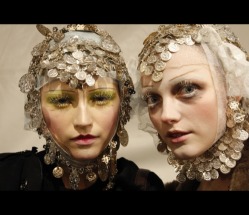
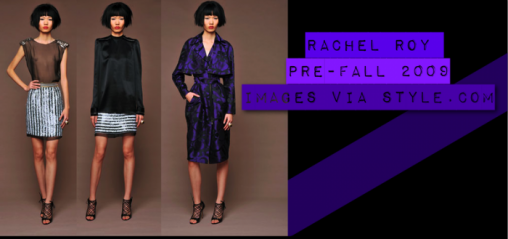
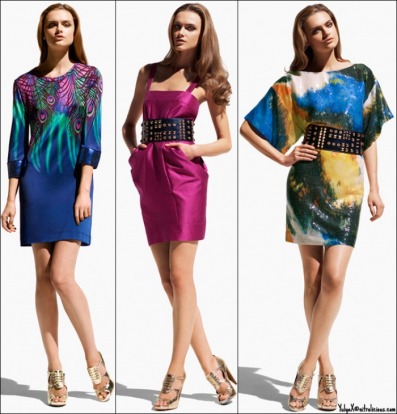
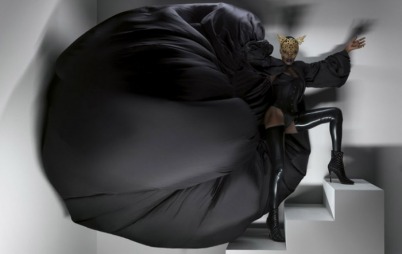
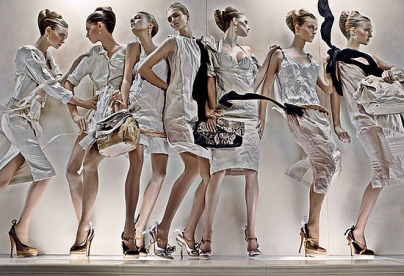
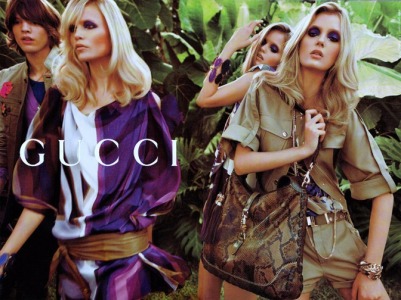
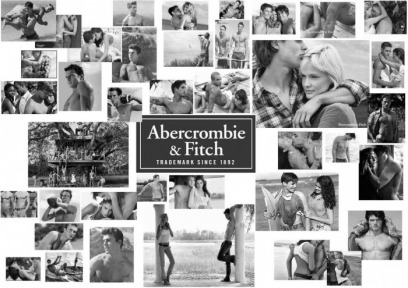
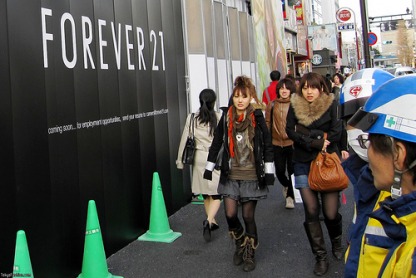
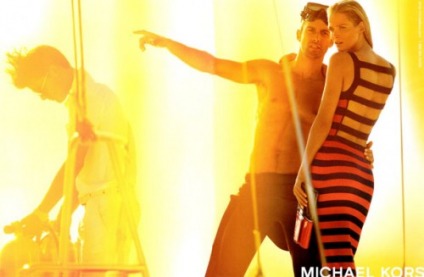
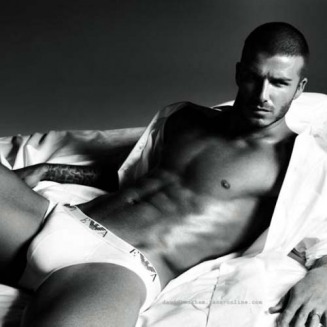

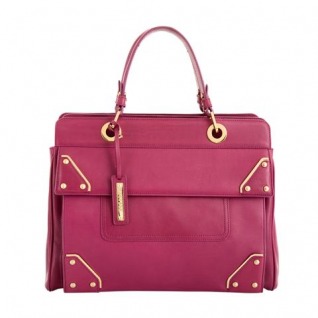
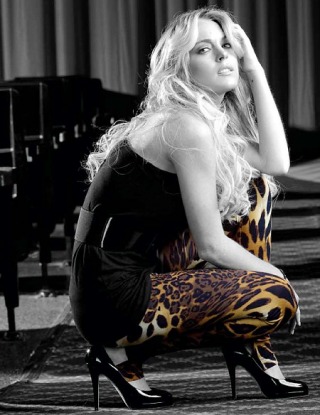
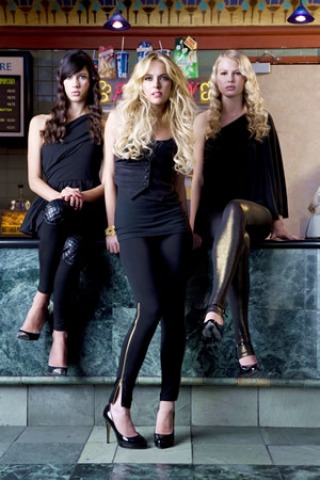
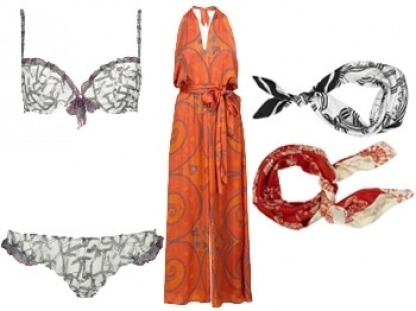
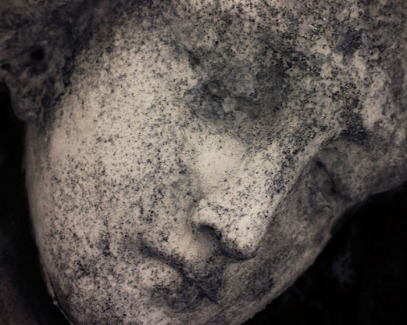
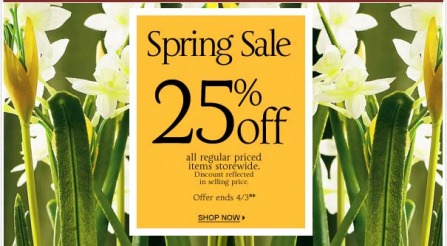
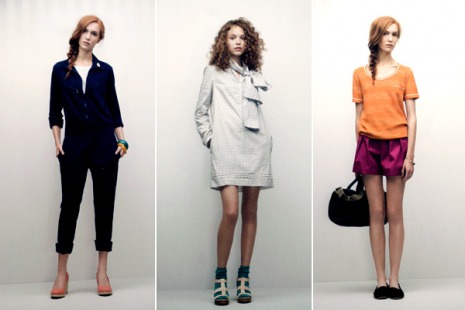
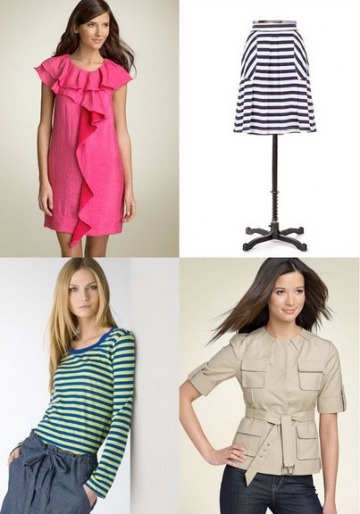

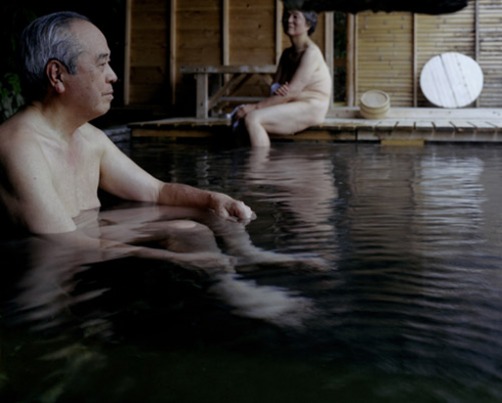

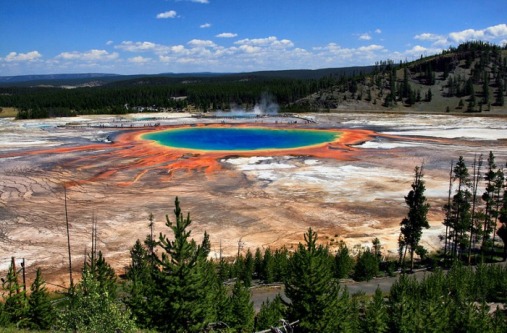
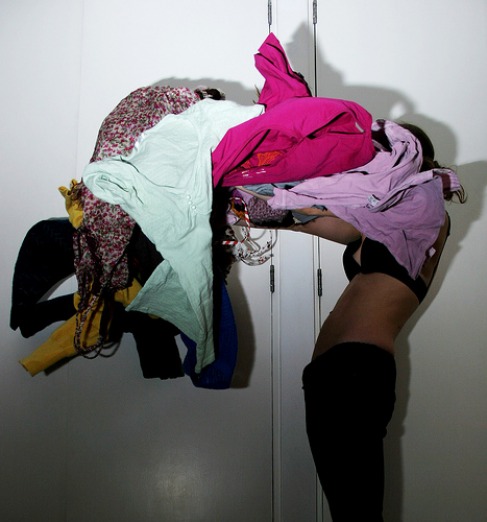
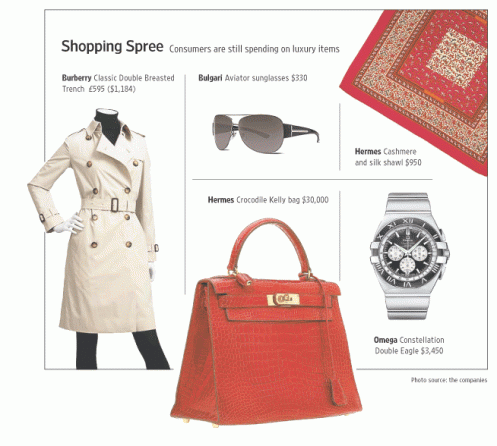
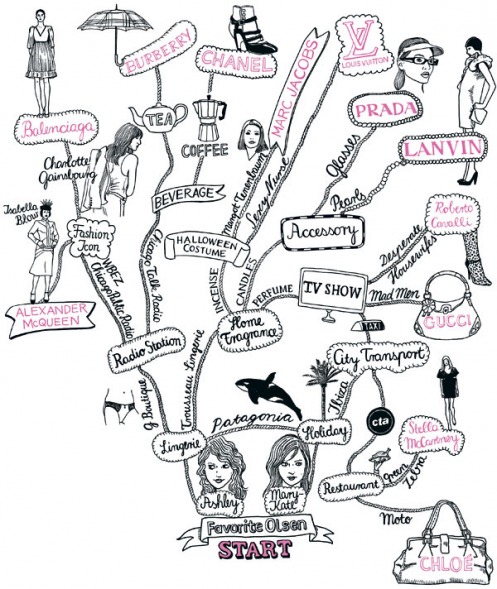
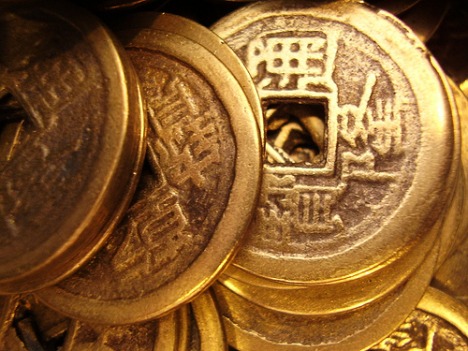
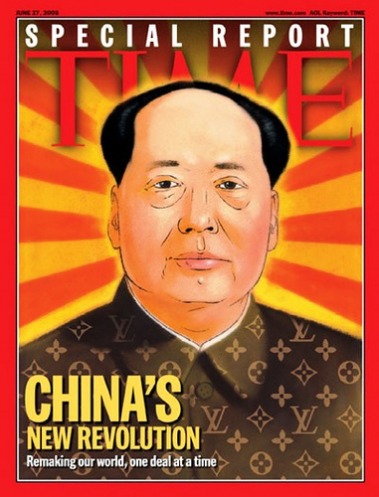
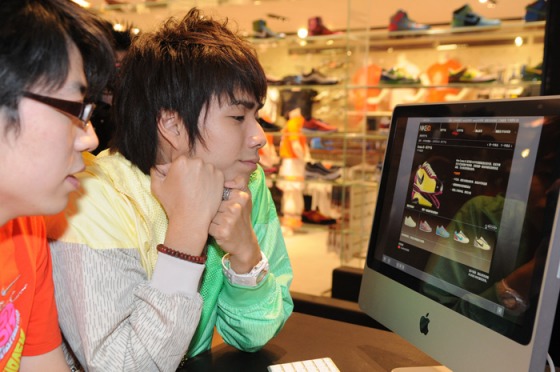
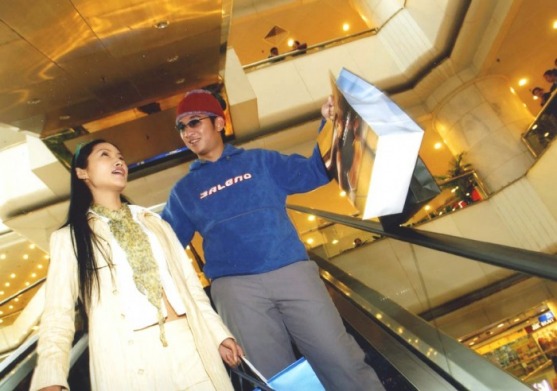
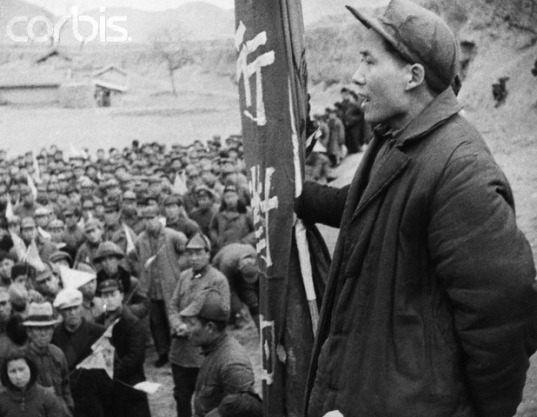
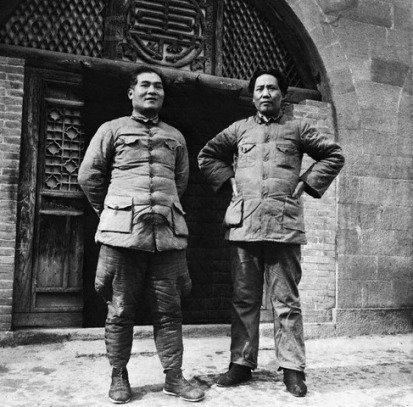
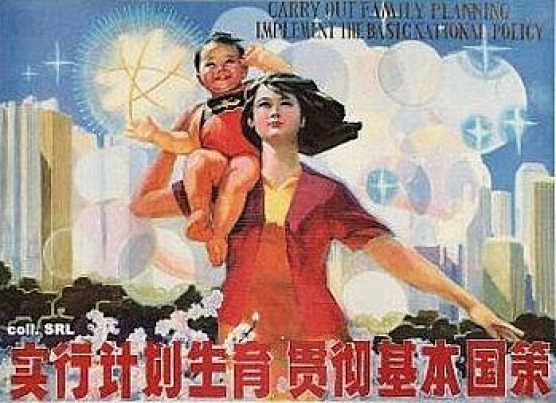
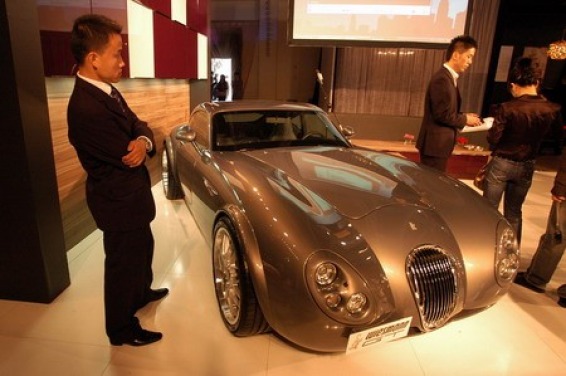
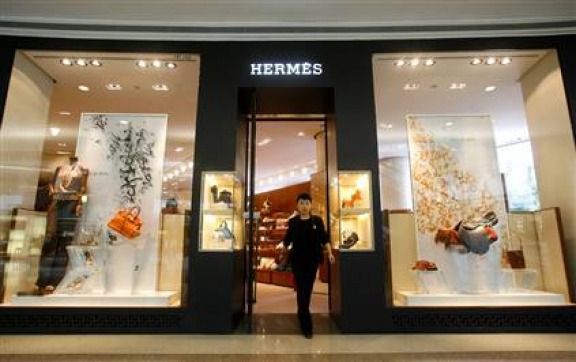
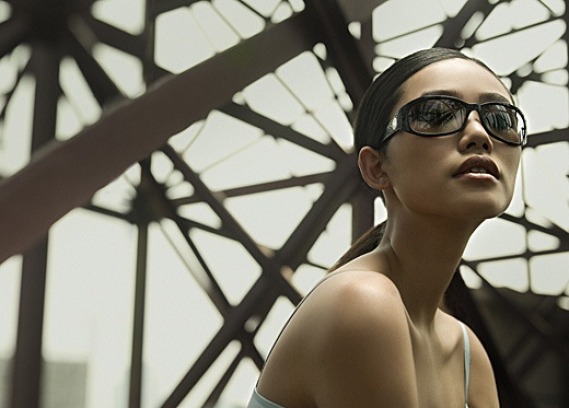
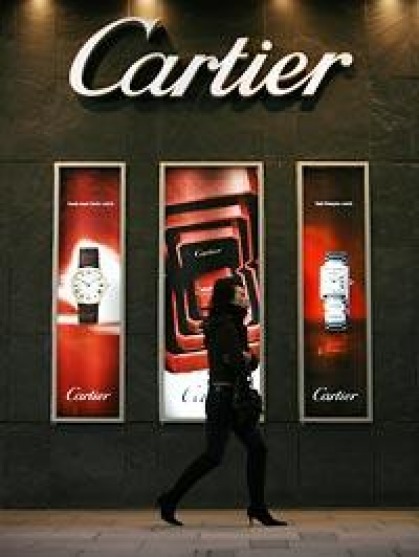
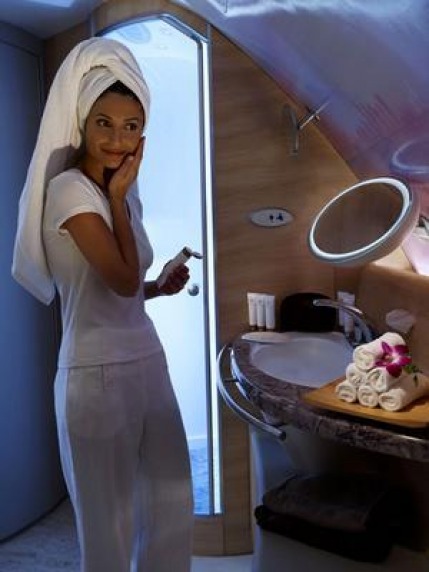
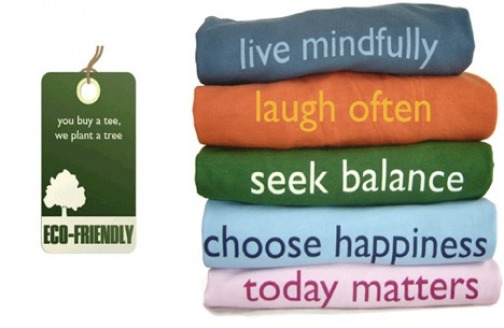
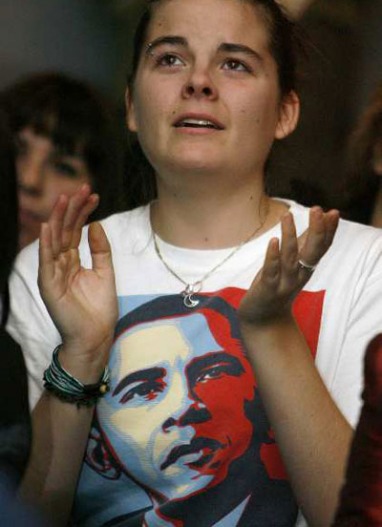
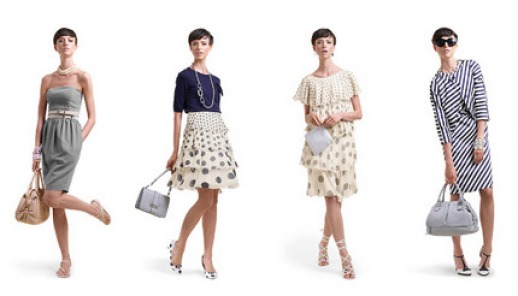
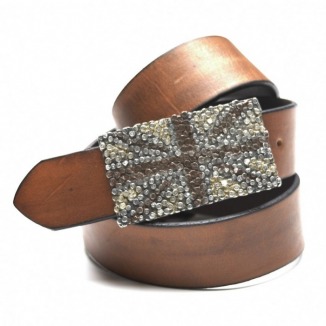
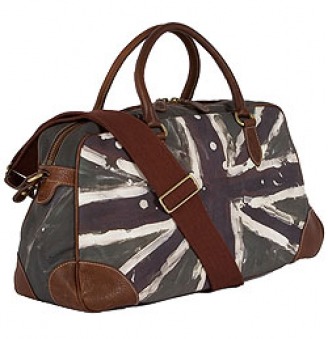
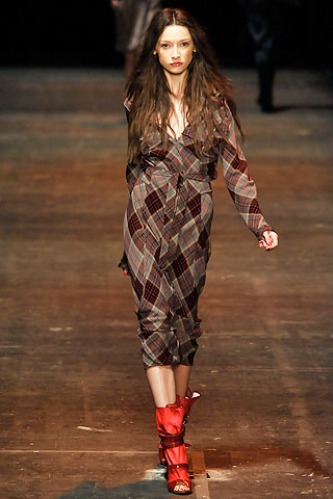
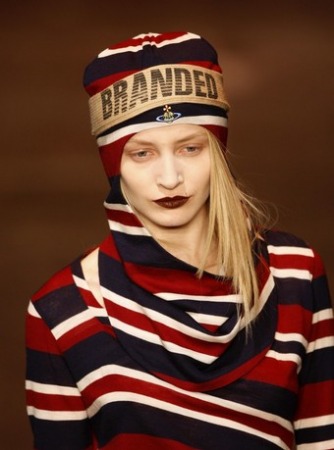
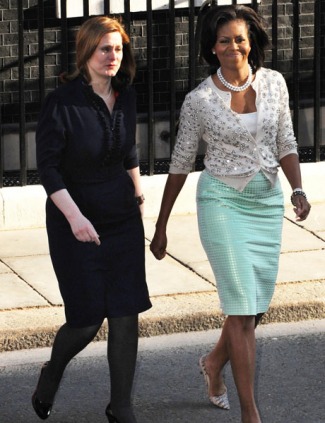
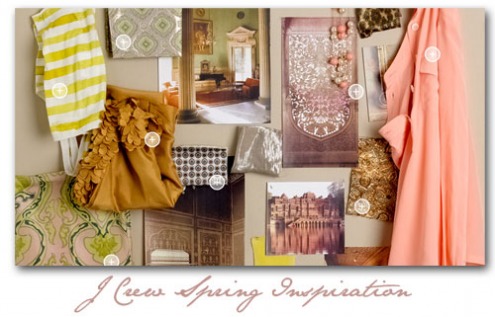
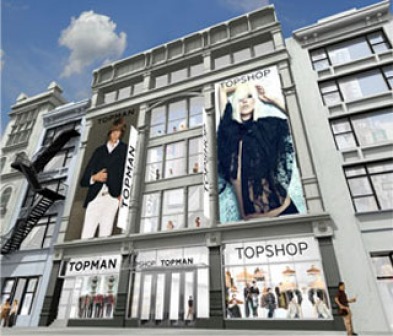
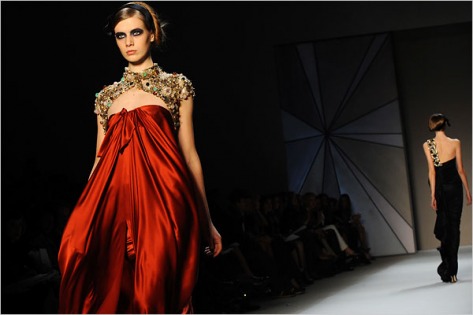
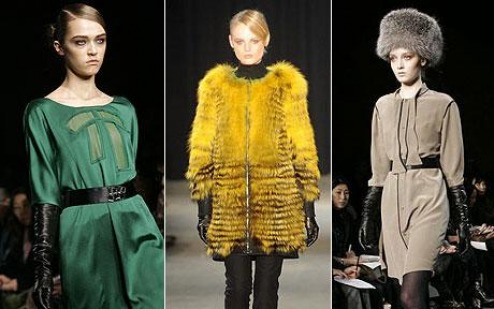
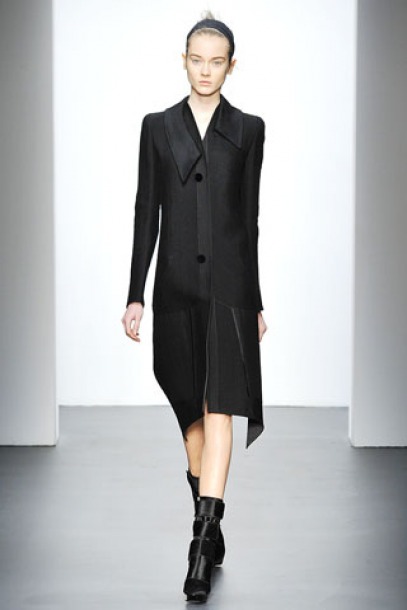
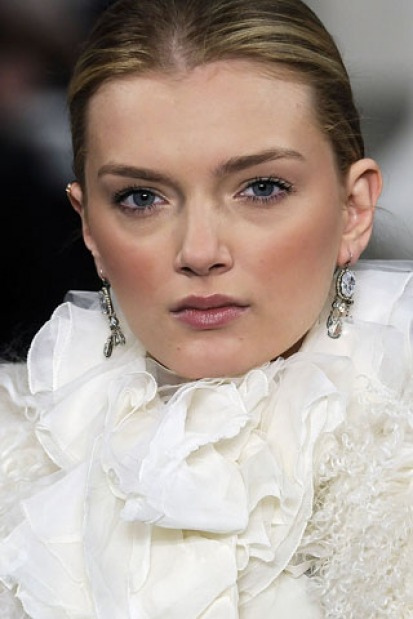
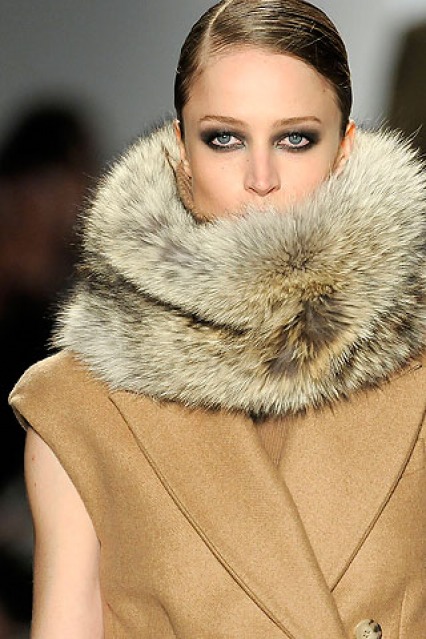
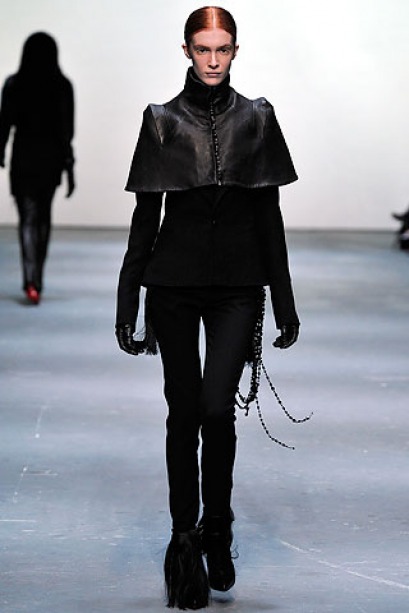
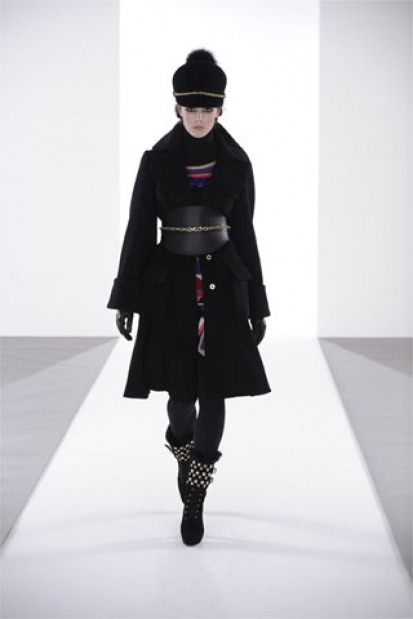
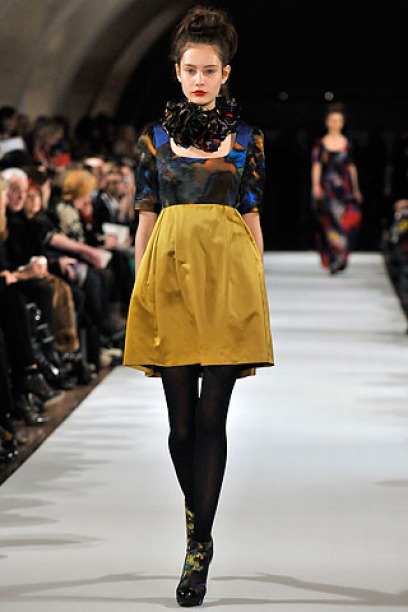
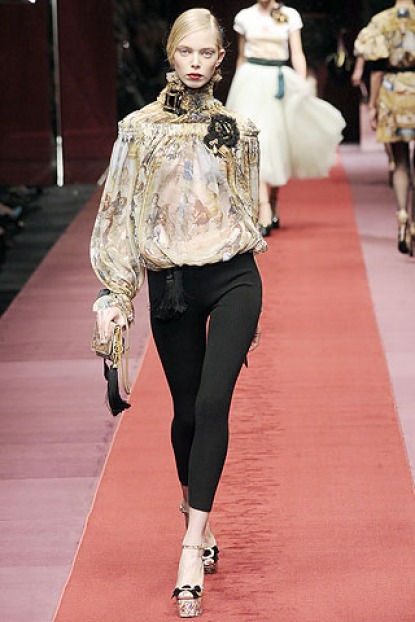
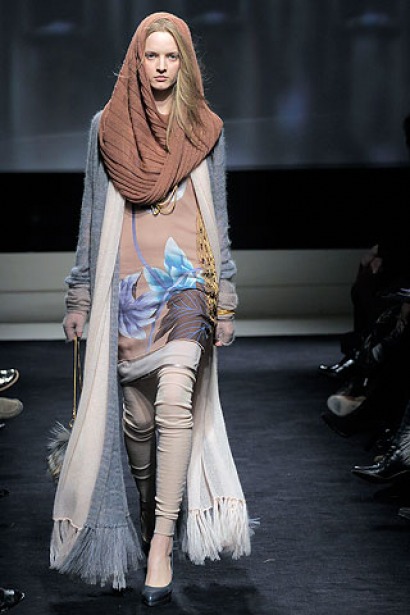
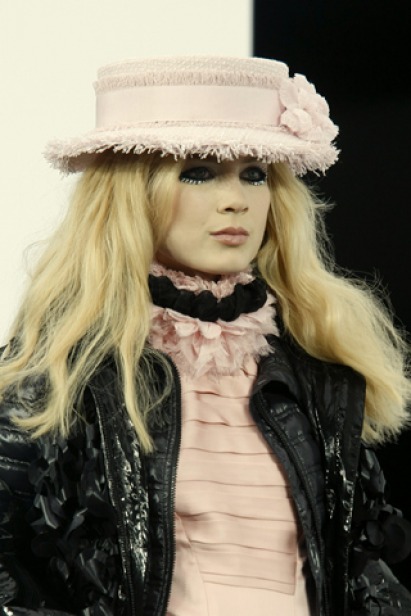
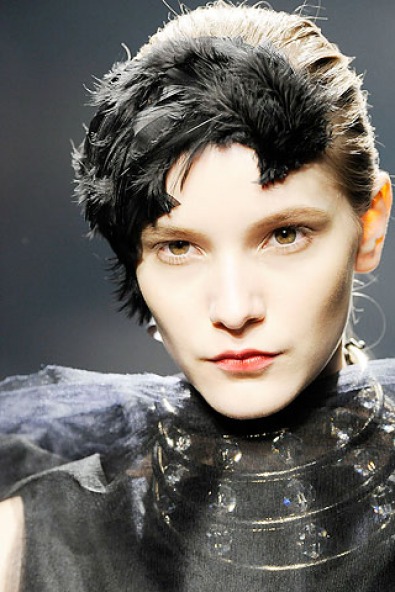
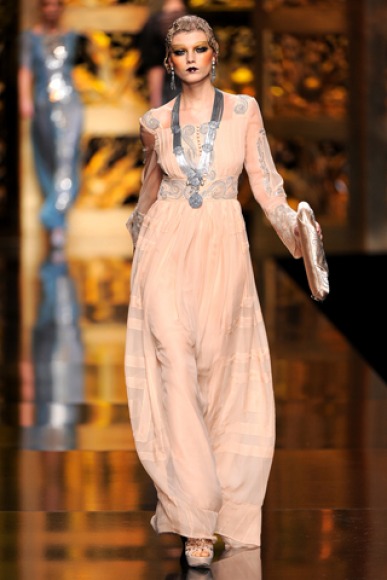
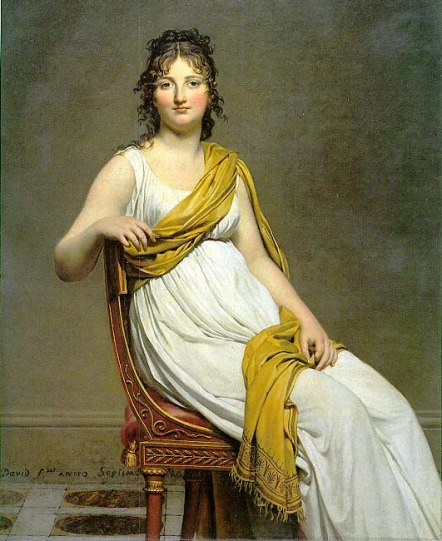
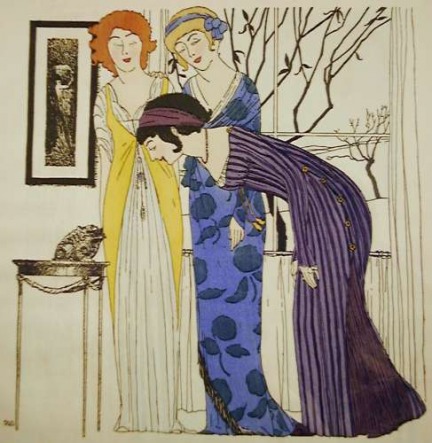
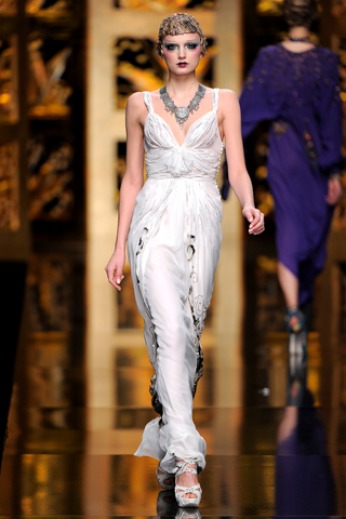
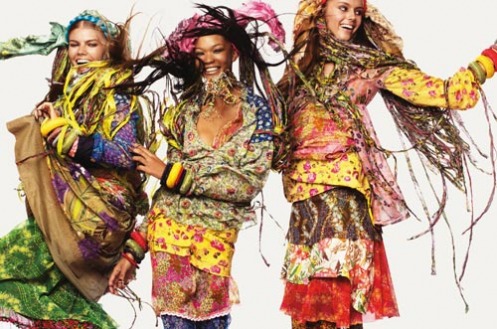
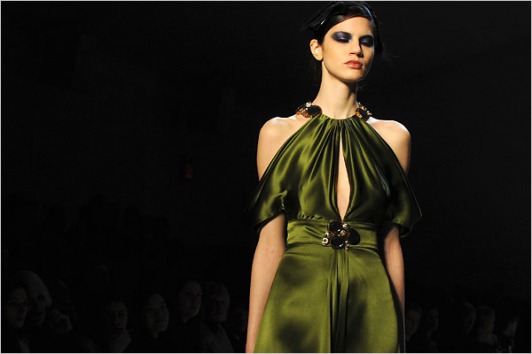
 RSS Feed
RSS Feed